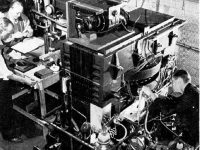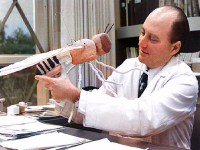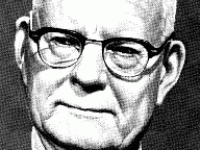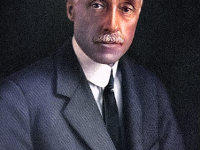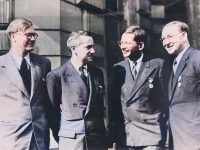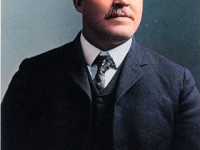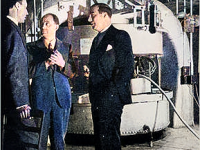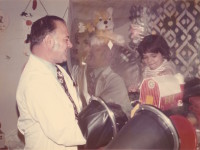Raymond Loewy – the Father of Streamlining
On November 5, 1893, French-born American industrial designer Raymond Loewy was born. Loewy achieved fame for the magnitude of his design efforts across a variety of industries. He is known as the “Father of Streamlining.” Among his designs were the Shell, Exxon, TWA and the former BP logos, the Greyhound Scenicruiser bus, Coca-Cola vending machines, the Lucky Strike package, Coldspot refrigerators, the Studebaker Avanti and Champion, and the Air Force One livery. Raymond…
Read more


